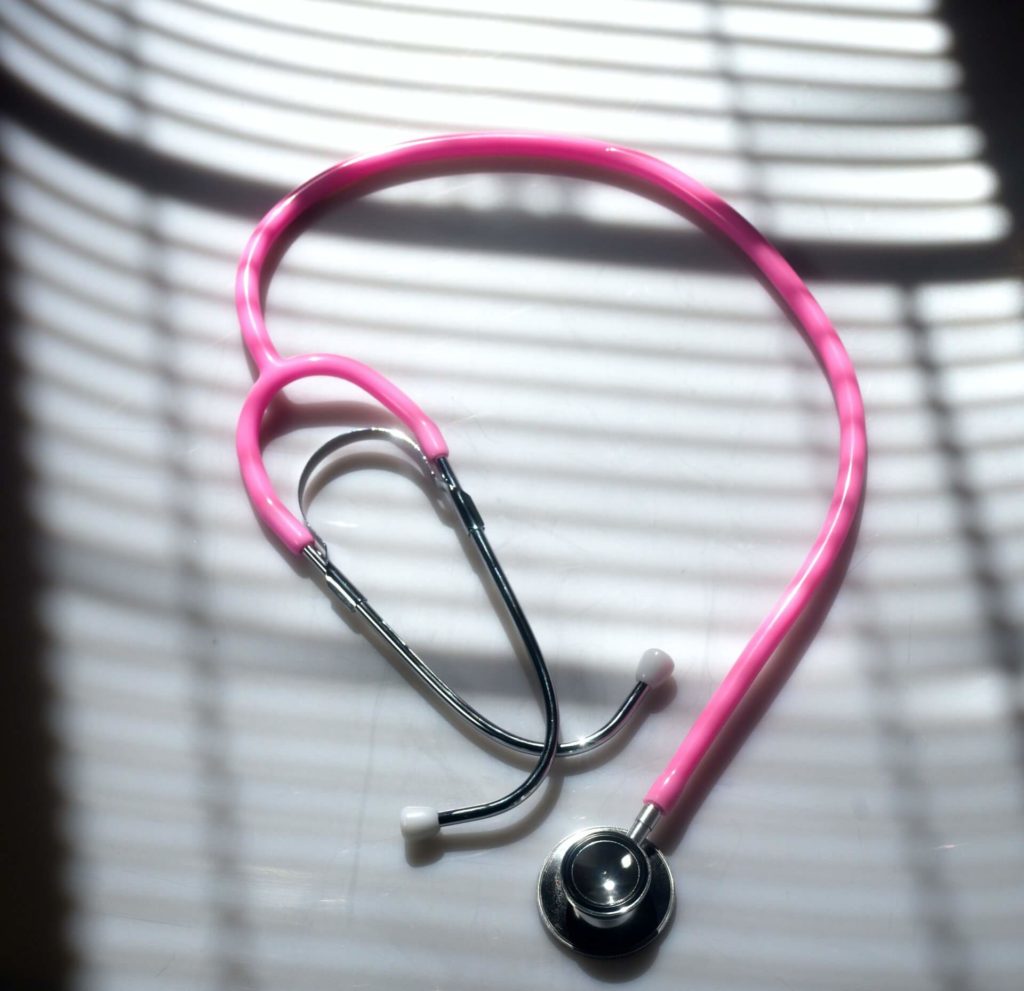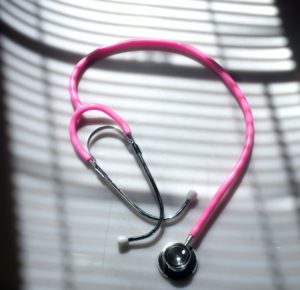A brain aneurysm occurs when blood vessels in the brain bulge and weaken. When this bulge ruptures, it bleeds into the brain, resulting in a hemorrhagic stroke. A ruptured aneurysm is life-threatening and requires immediate medical attention. In some cases, brain aneurysms don’t rupture, show any symptoms, or pose any significant health risks. In these instances where an unruptured aneurysm occurs, your doctor may recommend treatment to reduce the risk of rupture. Below, we address four things you should know about aneurysms, as well as key symptoms to look out for.
1. Types of Aneurysms
Aneurysms can develop in any artery, but the most common are aortic aneurysms that occur in the artery walls that transport blood from the heart to the rest of the body. A splenic artery aneurysm occurs in the spleen arteries, a mesenteric artery aneurysm that occurs in the intestine arteries, and a cerebral aneurysm occurs in the brain arteries.
2. Risk Factors and Symptoms

Aneurysm risk factors are unique conditions that increase your possibility of developing a medical condition. Hypertension, also known as high blood pressure is another predisposing factor that can put you at risk for cerebral aneurysms. If you’ve been diagnosed with hypertension, some things you can do to lower your blood pressure include making some lifestyle changes, avoid smoking, exercising, and taking your prescribed medication as recommended.
Additionally, if you have a family history of aneurysms, you could be at a higher risk of developing one. If any of your first-degree relatives—parent, sibling, or child—has suffered from an aneurysm, this condition is referred to as a familial aneurysm. If this applies to you, your doctor may recommend an aneurysm screening to rule out the possibilities of you developing one.
Other risk factors for brain aneurysms include age (over 40-year olds are at a higher risk of developing a cerebral aneurysm than younger people) race, gender (women face a higher risk of developing brain aneurysms as compared to men) head trauma, and alcohol and drug use.
Brain aneurysms don’t show any signs until they rupture. However, aneurysms located near the skin’s surface may show some swelling, and a large mass may also form. Some common symptoms of a ruptured aneurysm in other parts of the body may also include severe headache, seizures, bleeding, blurred vision, and nausea, to mention a few.
While an unruptured brain aneurysm may not show any symptoms, the pressure it applies on the nerves and brain tissue may result in dilated pupils and loss of feeling on one side of the face. In cases where the aneurysm leaks a slight amount of blood, the bleeding may only result in a severe headache. If left untreated, leaking may cause a severe aneurysm rupture.
3. Diagnosis and Treatment

As mentioned earlier, some common symptoms of brain aneurysms are impaired vision and headaches. On the other hand, they have no symptoms in many cases. Understanding this, doctors can only diagnose a cerebral aneurysm through an imaging scan you might get for another medical condition.
A magnetic resonance angiogram, MRA, for instance, is a scan that doctors use to monitor an individual’s blood vessels. An angiogram, on the other hand, is where a doctor inserts a catheter into the individual’s body to gain a better view of the blood vessels. This is the most common method used in diagnosing cerebral aneurysms because it gives a concrete view of an aneurysm. This clear visual offering then helps doctors devise an appropriate treatment plan.
Common treatments for ruptured brain aneurysms include surgery and prescription medication to manage symptoms. When you’re in recovery from a brain aneurysm rupture, your recovery should be your top priority. With the help of CheapoMeds, you can finally do this without the expensive costs, as the site provides affordable access to brand-name prescription medications, and have your prescription medication delivered to your home. This prescription referral service connects patients with full-service pharmacy partners in the United States and Canada. Their prescription order process works in two ways—you can either mail copies of your prescription to them, or they can contact your doctor instead.
4. Prevention

To lower your risk for developing an aneurysm, start by seeking treatment for health-related concerns such as obesity, diabetes, and hypertension. Additionally, quit smoking, stick to a healthy diet, limit your alcohol intake, and exercise regularly. Taking these steps can help improve your general health and reduce the risk of aneurysms and their complications.























